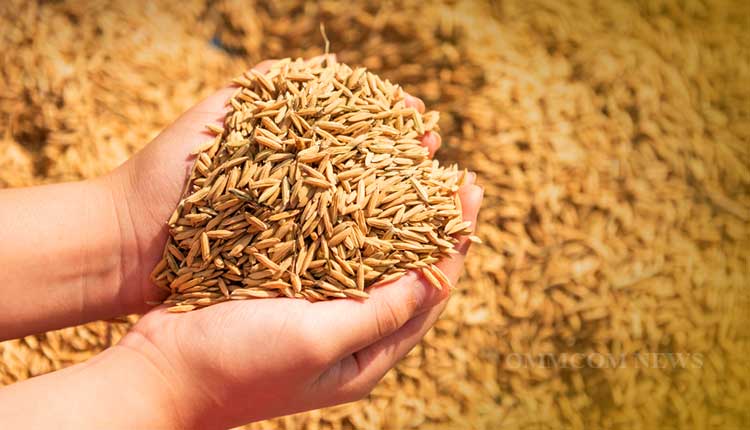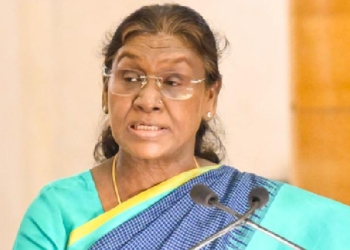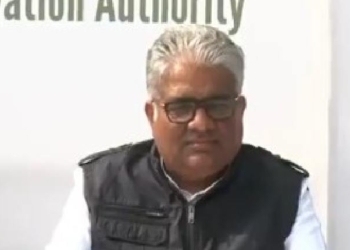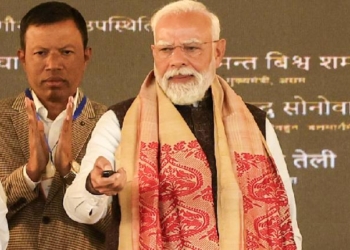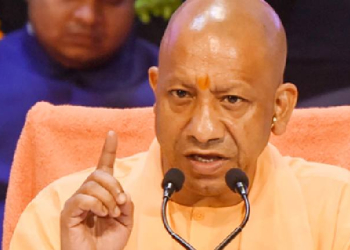New Delhi: In a significant move to enhance farmer income and ensure fair returns, the Cabinet Committee on Economic Affairs chaired by Prime Minister Narendra Modi has approved an increase in the Minimum Support Prices (MSP) for 14 Kharif crops for the 2025–26 marketing season.
Leading the list is paddy, the staple crop for millions of Indian farmers, whose common variety will now fetch an MSP of ₹2,369 per quintal—an increase of ₹69 from the previous year’s ₹2,300. For Grade A paddy, the MSP has been raised to ₹2,389, ensuring a 50 percent margin over the cost of production. This measure is expected to provide a much-needed financial cushion to rice growers as they gear up for the upcoming sowing season.
Among cereals, the MSP for hybrid jowar has been set at ₹3,699 per quintal, up from ₹3,371 last year, while the Maldandi variety of jowar will now earn ₹3,749. Bajra will see an MSP of ₹2,775, up by ₹150 from the previous season. Ragi, a key nutrient-rich crop, will receive ₹4,886 per quintal, marking a sharp increase of ₹596. Maize farmers will now get ₹2,400 per quintal, which is ₹175 higher than the 2024–25 rate.
In the pulses category, the MSP for tur (arhar) has been fixed at ₹8,000 per quintal—up by ₹450 from last year. Moong will fetch ₹8,768 per quintal, a modest increase of ₹86. Urad’s MSP has been raised to ₹7,800, reflecting a ₹400 hike.
For oilseed growers, the revised MSPs bring considerable relief. Groundnut will now command ₹7,263 per quintal, up by ₹480. The MSP for sunflower seed has been increased to ₹7,721, a jump of ₹441, while soybean (yellow) will see an MSP of ₹5,328, marking a ₹436 increase. Sesamum will receive ₹9,846 per quintal, up by ₹579. Nigerseed has recorded the highest absolute increase among all crops this year, with its MSP climbing by ₹820 to reach ₹9,537 per quintal.
Cotton growers too will benefit from the hike. The MSP for medium staple cotton has been set at ₹7,710 per quintal, while long staple cotton will earn ₹8,110. Both varieties have received an increase of ₹589 over the previous season.
The government emphasized that the revised MSPs follow the principle announced in the Union Budget of 2018–19, wherein MSPs are fixed at a level of at least 1.5 times the all-India weighted average cost of production. As per estimates, farmers will earn the highest margins over cost in bajra (63 percent), followed by maize and tur (59 percent), urad (53 percent), and 50 percent for the rest of the crops.
The announcement also underscores the government’s focus on diversifying agriculture towards pulses, oilseeds, and Nutri-cereals such as millets, collectively promoted as Shree Anna. Higher MSPs for these crops are expected to encourage farmers to reduce dependency on water-intensive cereals.
The impact of sustained MSP increases is evident in procurement data. Between 2014–15 and 2024–25, paddy procurement stood at 7,608 lakh metric tonnes (LMT), significantly higher than the 4,590 LMT procured during 2004–05 to 2013–14. MSP payments to paddy farmers during the past decade totaled ₹14.16 lakh crore—more than three times the ₹4.44 lakh crore disbursed in the previous decade. For all 14 Kharif crops combined, MSP payments from 2014–15 to 2024–25 amounted to ₹16.35 lakh crore, compared to ₹4.75 lakh crore paid during 2004–05 to 2013–14.
With these measures, the government reaffirms its commitment to doubling farmer incomes, strengthening procurement mechanisms, and ensuring agricultural resilience in the face of rising input costs and climate variability.




